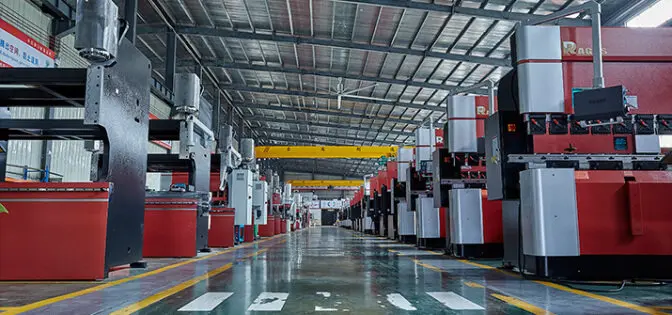
Privacy statement: Your privacy is very important to Us. Our company promises not to disclose your personal information to any external company with out your explicit permission.
PRODUCTS VIDEO
WHY CHOOSE US?
توفير الطاقة | مستقر | موثوق

الحفاظ على الطاقة

كفاءة عالية

الأتمتة

أمان

ربح
PARTNER
Uniting expertise for exceptional bending solutions

حول يونجدي
DC Electric Arc Furnace ، DC Sutred Arc Furnace
الإخبارية
تبادل المعرفة على أفران قوس التيار المستمر ، وأفران القوس المغمورة DC ، وعمليات الصهر.



اتصل بنا
البريد الإلكتروني
13949514533@163.com
التلاشي عبر الإنترنت ، سنعود إليك بنفس القدر من التواصل
COMPANY CERTIFICATE

Privacy statement: Your privacy is very important to Us. Our company promises not to disclose your personal information to any external company with out your explicit permission.

Fill in more information so that we can get in touch with you faster
Privacy statement: Your privacy is very important to Us. Our company promises not to disclose your personal information to any external company with out your explicit permission.